The Best & Worst Easter Candy For You, Ranked by a Dietician
Candy isn't health food, but some types are better for you than others.
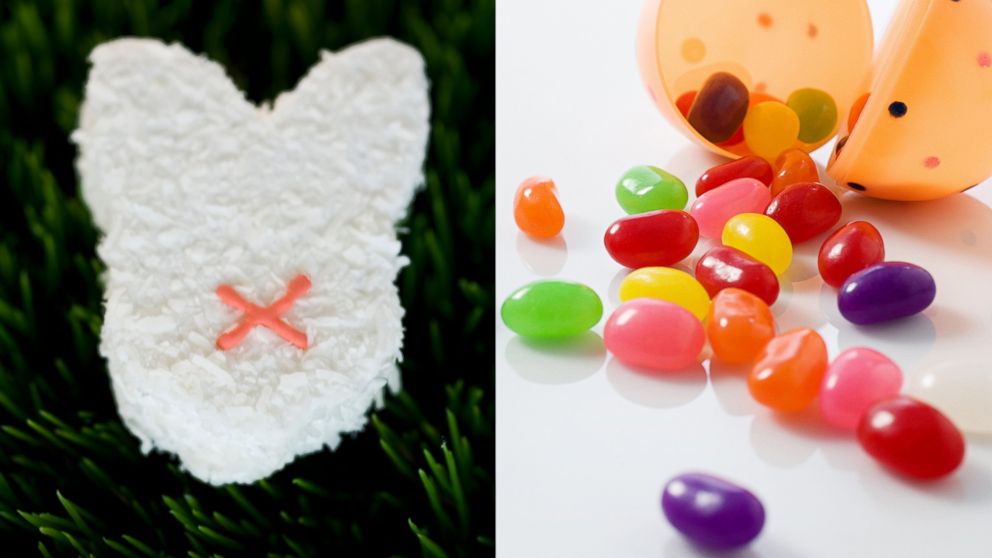
— -- The coming week can test even the strongest-willed of us. That’s right, it’s Easter candy week, and with holiday favorites – Peeps, chocolate bunnies and crème eggs, oh my! – hitting the shelves, it can be very hard to resist temptation.
Fear not! We got Georgie Fear, registered dietitian and author of Lean Habits for Lifelong Weight Loss, to rank your options from (relative) best for you to worst.
“It’s weird to call any candy ‘best’ for you,” Fear told ABC News, but she forged ahead anyway so you can indulge as you see fit.
High-Quality Dark Chocolate Bunnies
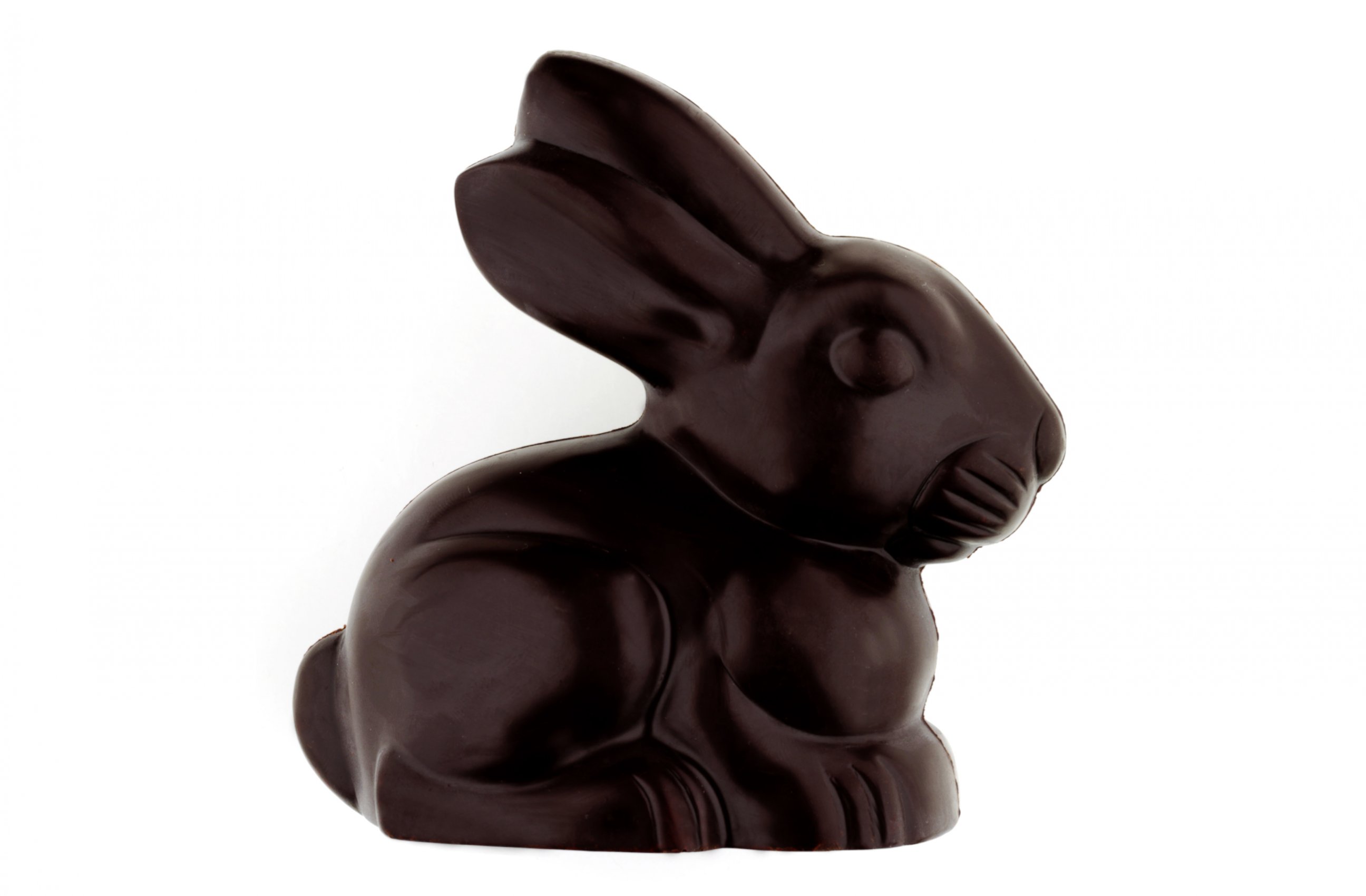
“Where chocolate bunnies are concerned, a high-quality dark chocolate rabbit such as a Lindt gold foil-wrapped bunny offers some healthy polyphenols and may be satisfying in smaller portions than other types of chocolate,” Fear said.
Single Serving Crème Eggs
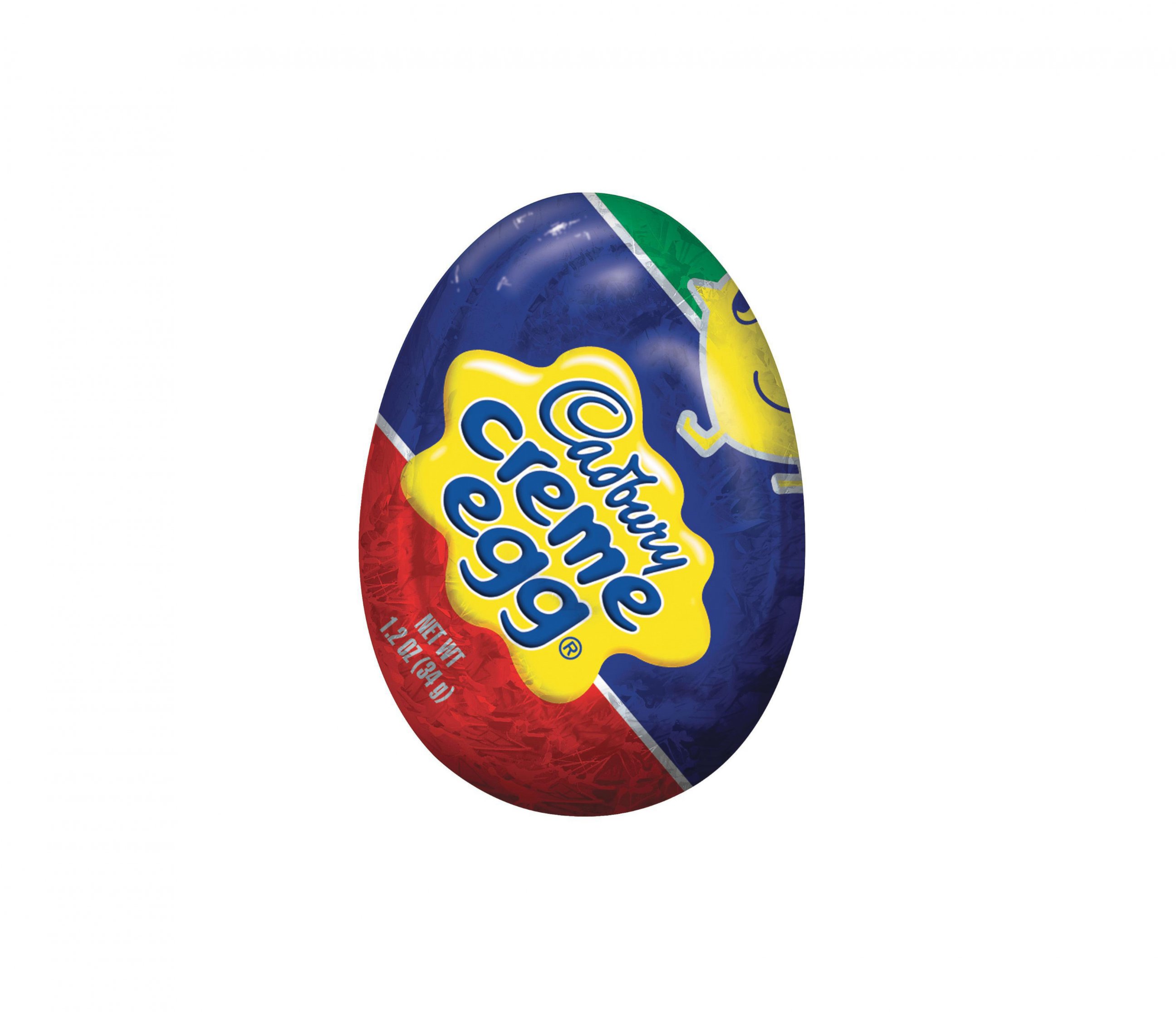
“If portion control is tough for you, and you love seasonal items that aren't available all year, pick up a Cadbury Crème egg or Russell Stover single-serve egg in the flavor you like most,” she advised. “One of the great things about Easter candy is that you can buy single servings easily, often near checkout, and not even need to venture down the candy aisle gauntlet.”
“A single Cadbury Crème Egg or Russell Stover Easter Egg could be just what you want for about 150 calories. And compared to possessing a Valentine’s Day box of chocolate-filled candies, you'll be far less likely to eat past your comfort level.”
Reese’s Peanut Butter Egg
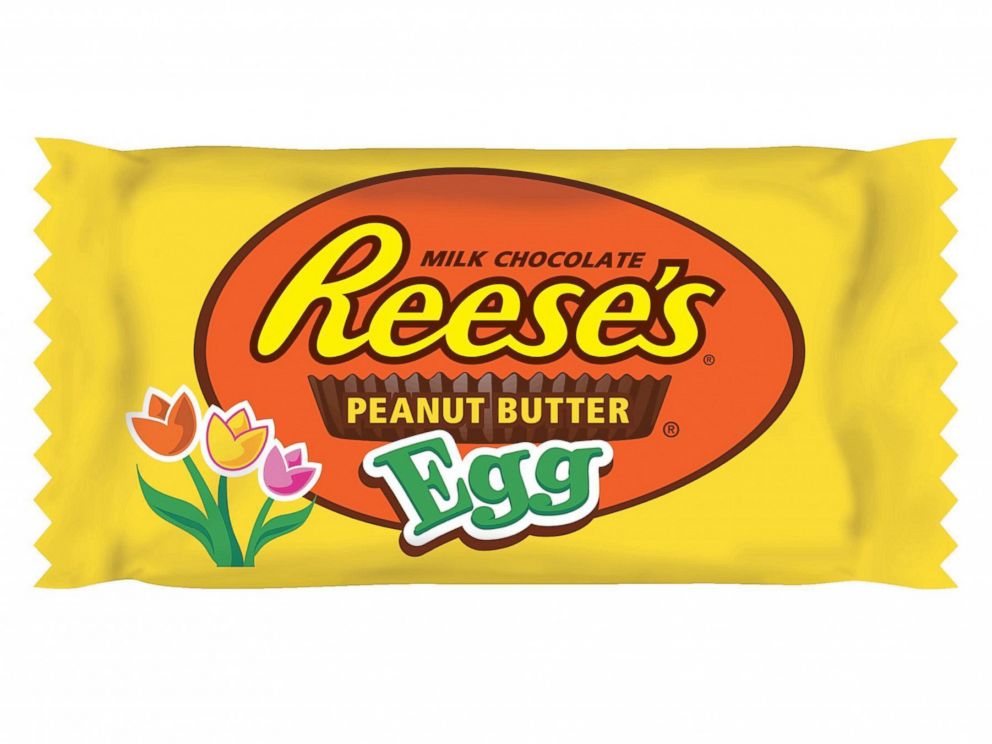
“If you like chocolate and peanut butter, you might prefer a Reese's chocolate and peanut butter egg for 170 calories. Compared to the classic two-cup Reese's peanut butter cups package, you'll save some calories and fat,” Fear revealed.
Homemade Easter Candy
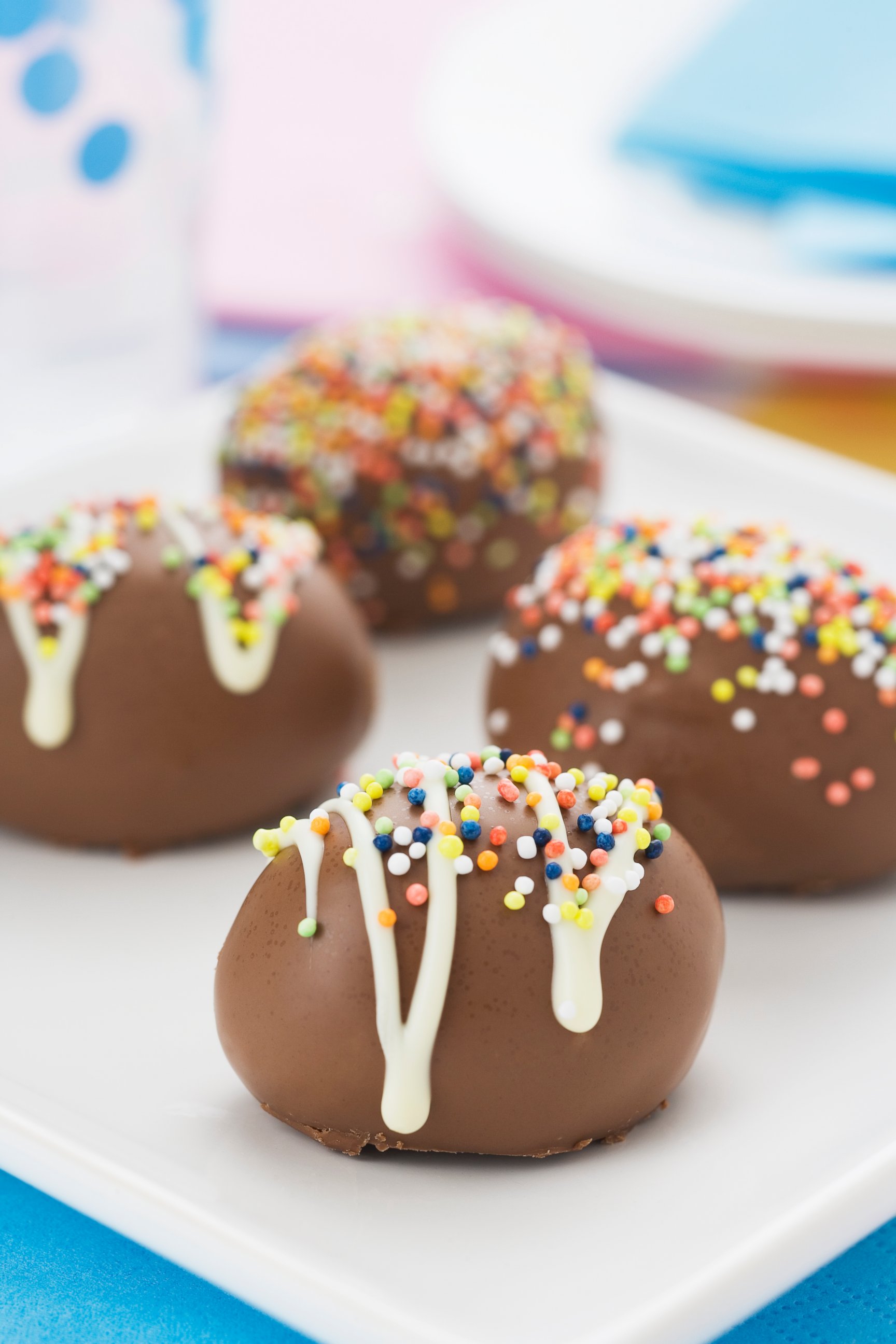
“This is a dangerous idea – if you make two dozen chocolate peanut butter eggs, someone's going to eat them all eventually! Not having to even unwrap the candies makes it exceptionally easy to go overboard with eating some multiple times a day,” she warned.
“If you do want to make your own, wrap them up and keep them out of sight, and try to plan on a moderate amount with a meal instead of grazing on them every time you pass through the kitchen,” Fear advised. “Homemade candy does offer the option of using higher-quality, real-food ingredients (such as dark chocolate, fruit or coconut) than pharmacy-purchased candy, but it's not a nutritious choice, and the portion size increase makes it a worse health hazard than a smaller portion of the kind you'd unwrap.”
Jelly Beans and Marshmallow Treats
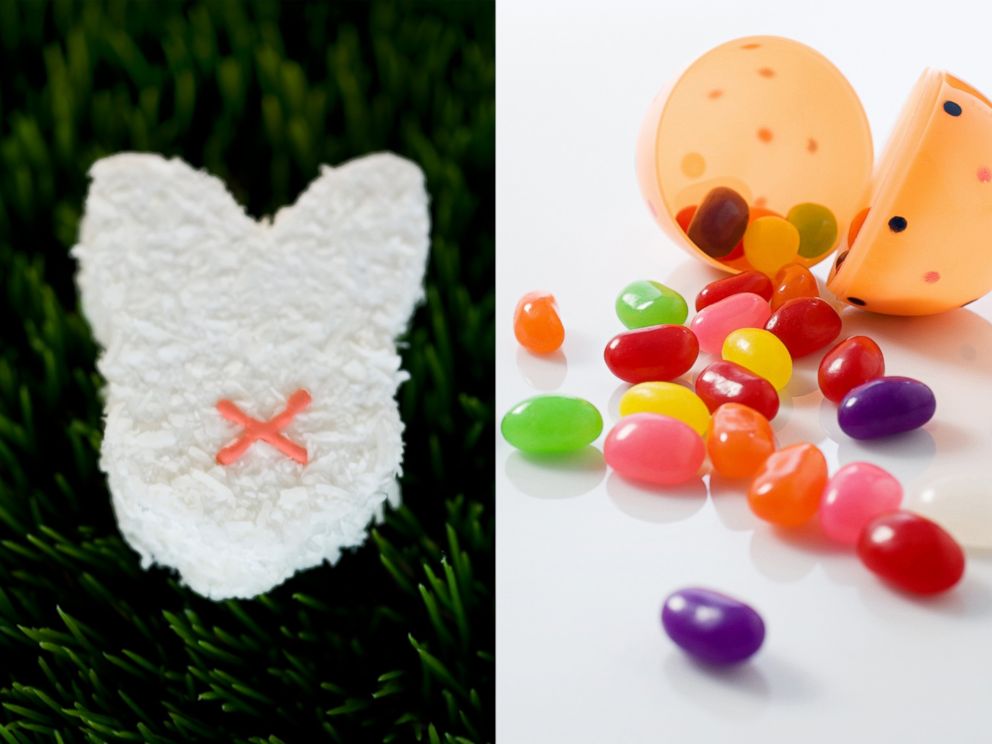
“They’re fun Easter classics, but don't be fooled into thinking that just because these are fat free that they are healthy picks,” she said. “Essentially, both these options are straight sugar, which means that they could send you on a blood sugar roller coaster and only craving more of the sweet stuff in a short time.”
Milk or White Chocolate Bunnies
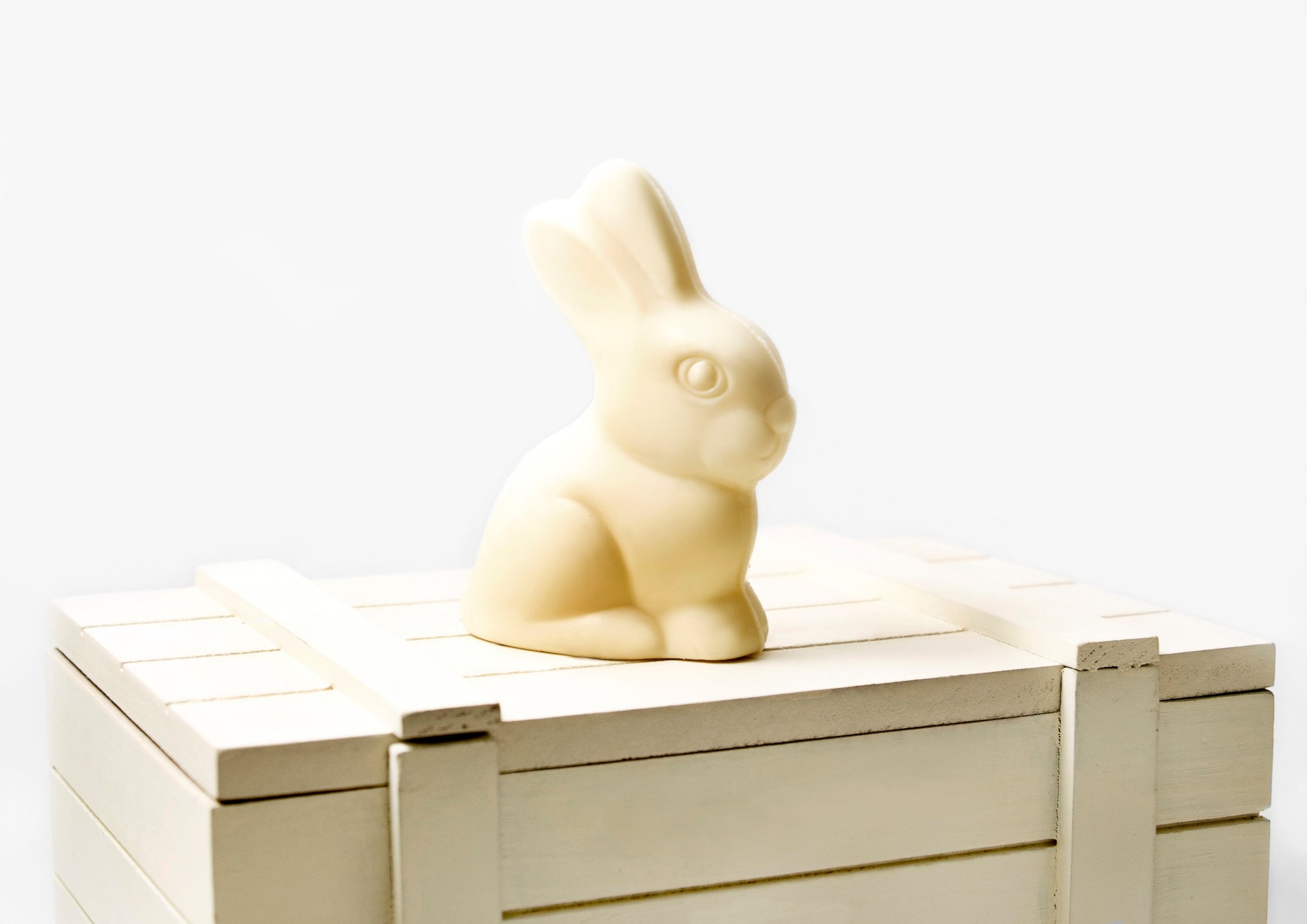
“A milk chocolate or white chocolate rabbit lacks as many of the heart-healthy polyphenols that dark chocolate offers, and can pack a hefty calorie and fat price tag, even if the monetary cost is low. White chocolate actually contains no polyphenols at all, since it has no cocoa content,” Fear revealed. “The worst Easter candy, in my opinion, is low quality ‘chocolate’ bunnies made with partially hydrogenated oil instead of cocoa butter and hardly any actual cocoa at all.”




